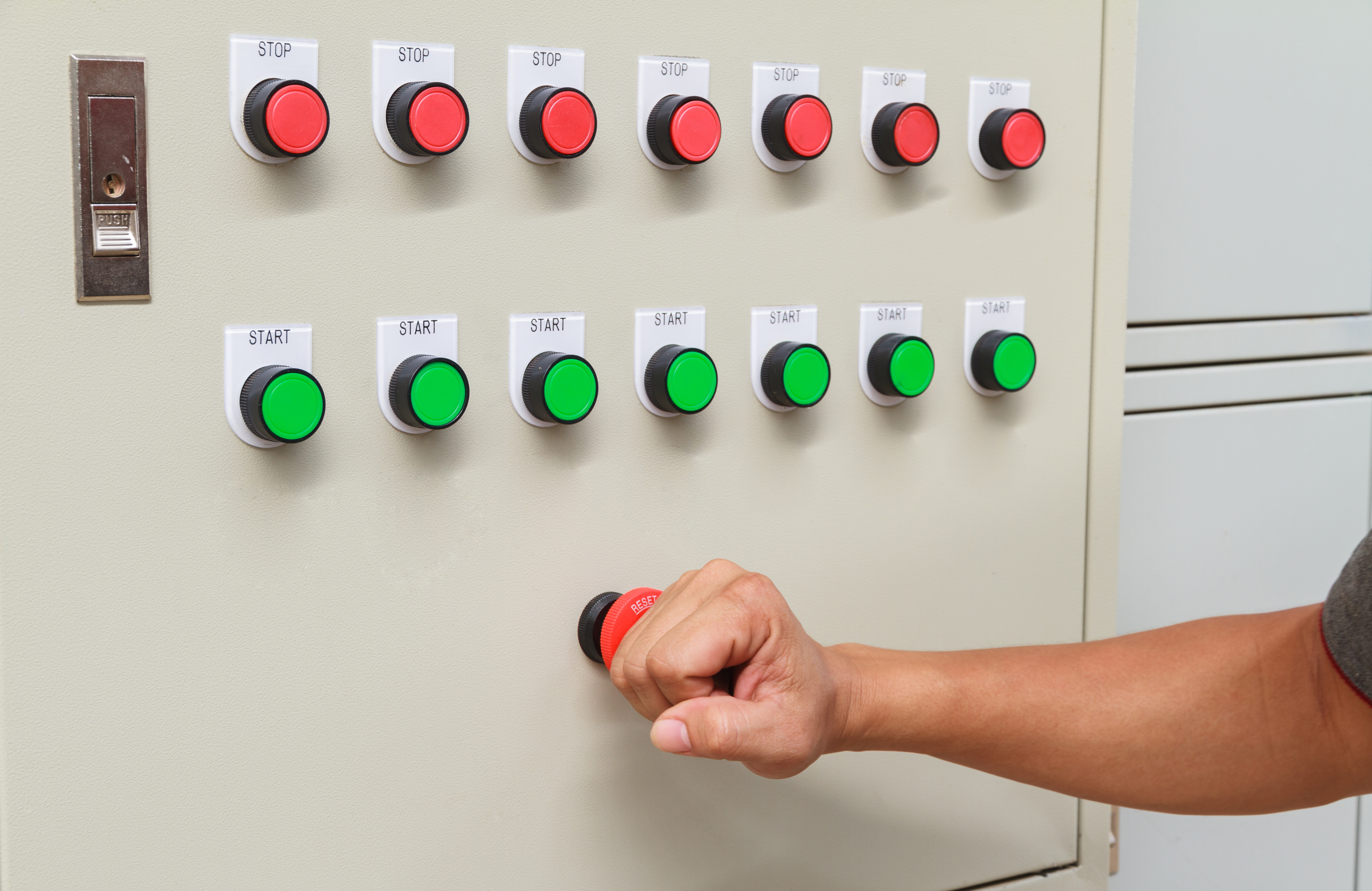SAFETY INTEGRITY LEVEL (SIL) OR PERFORMANCE LEVEL (PL)
The new Machinery Directive (2006/42/EC) was issued on 29 December 2009.
The scope of the new Machinery Directive has changed in a number of respects compared to its previous version.
A number of standards that fall under the Machinery Directive also change.
Among other things, the familiar risk categories according to the standard EN 954-1, in which the structure and system behaviour of safety circuits are defined, are abolished.
This is replaced by new standards with Performance Level, PL (EN ISO 13849-1) and Safety Integrity Level, SIL (EN 62061).
These two new standards define new safety aspects for the functional safety of machines and production plants. They cover those safety aspects of a machine or installation where correct operation depends on control devices and guards.
The standards have different origins: EN 62061 is part of the IEC 61508 standard used for safe electronics, software and safety controls.
EN ISO 13489-1 is the revised successor to EN 954-1. However, the final results of the two new standards are interchangeable.
SAFETY INTEGRITY LEVEL (SIL)
The standard EN IEC 62061 (Functional safety of safety related electrical, electronic and programmable electronic control systems) was harmonised on 31 December 2005 and sets requirements for the safety control of machines. EN IEC 62061 is a type B standard. The standard covers the design process of complex electrical, electronic and programmable systems with a safety function.
The reliability level of such a safety system is classified with a Safety Integrity Level (SIL) level from 1 to 3. Although this principle has been established in the process industry for several years, it has been introduced into the world of mechanical engineering since the new Machinery Directive. If a safety circuit must comply with a certain SIL, this means that the designer must not only determine the structure of the system, but must also calculate the failure probability of the system (validation).
PERFORMANCE LEVEL (PL)
The standard EN ISO 13849 (Safety of machinery – Components of control systems with a safety function) is a type B standard and originated from the old 954-1. EN ISO 13849-1 also sets requirements for the safe design of machines only uses a different methodology.
The reliability level of such a safety system is classified with a Performance Level (PL) level from “PLa” to “PLe”. If there is talk of a required safety level, we refer to it as “PLr”. This harmonised standard deals with the control engineering safety aspects of a machine. When following this standard, the “presumption of conformity” with the Machinery Directive is greatest. This standard covers all aspects of a safe machine. This includes the electrical, control, pneumatic and hydraulic parts.
Standard 13849-1 is a standard for the design of an SRP/CS = safety related parts of the control system and originates from EN 954-1.
SIL OR PL?
Both standards have a difference in the way they are approached. Both SIL and PL have the same objective. The biggest difference is that the 13849-1 standard has a broader framework that also covers aspects in the field of pneumatic and hydraulic systems. The IEC 62061 (SIL) standard focuses more specifically on electrical/electronic systems where the ISO 13849-1 (PL) standard has traditionally focused more on mechanical engineering.
See the brochure for further steps to be taken: Siemens Brochure Safety Integrated.pdf
Feel free to contact us directly:
Sales team
E: info@beemster.nl
T: +31 (0)72 571 1282
Know what you want? Fill out our contact form:


 NL
NL

